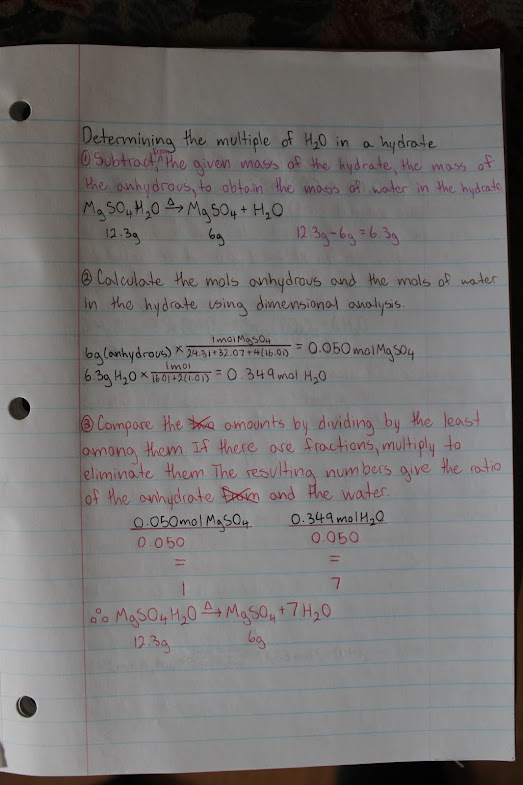Welcome
A few of us were throwing around the idea of making a website to share study resources for Chemistry, so I figured I'd start the ball rolling. There will be resources for other IB classes as well, so use the different pages to navigate your way to them. If you want to be a blog editor, just ask, otherwise let me know if you have something that you want to add, or something you would like to see! 👍




















